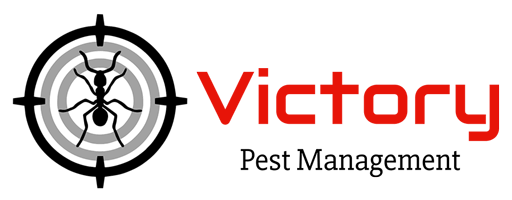Crawlspaces are not usually something we need to think about. They sit under our homes and create a barrier between our living space and the damp ground. For most of us, we picture a place of cobwebs, spiders, and snakes. The reality is up to 40% of the air we breath in our homes come through the crawl space. If moisture gets in though, hazardous growths can occur in the name of fungus and mold.
Often, those words are used interchangeably, but they have their own features and characteristics. Fungus is a living organism, it is not bacteria, animal, or plant, and it is about a billion years old. There are about 200,000 species, and according to the Centers for Disease Control and Prevention, they are everywhere.
Molds are a type of fungus and there are about 100,000 of them. Thankfully, only about 80 of those are harmful to us. Like the rest of us living creatures, food and water are necessary for their survival. There is a delicate balance between moisture coming and moisture going out, and many ways that it can get into the crawlspace.
Some of those are:
- Leaking water pipes: This is typically the easiest to diagnose. Extremely slow drips may take a while to find, and by the time standing water is apparent, growths may have already reached hazardous levels.
- Sump pumps and drains malfunctioning: Because crawlspaces are not frequently visited, drainage systems are not checked with regularity. Drains can get clogged with debris preventing water from flowing properly. Sump pumps are used in low lying areas to pump out excess water.
- Porous foundation material: In older homes foundations may have been built using porous construction materials like brick, terra cotta, and CMU concrete block. Some of these materials have more joints than others for water to penetrate.
- Foundation issues: When rainwater or snow melt saturates the ground, the water needs to go somewhere. Gaps or cracks in the foundation are easy entry points. Evaporation from wet soil also plays a major part.
Once fungus or mold has taken root, it can become a health issue. Some molds can produce mycotoxins, which need to be inhaled to be an issue. Unfortunately, with so much air flowing through the crawlspace, that is inevitable. It is not just those with allergies that are affected, and non-allergic reactions such as loss of appetite, immune-suppression, rheumatoid disease, and nervous-system issues can take place.
Once wood becomes moist, it too can become the target of fungus. It is estimated that yearly in the United States, wood rot generates damages of nearly eighteen billion dollars. Dry rot is caused by certain fungi that feed on parts of wood that give it stiffness and strength. Should this issue take place over a prolonged period, it can cause severe structural damage.
When in your crawlspace, look for the tell-tale signs of an infestation. You may notice white or brown patches of fungus on the wood. Mold can be black, green, and gray, and starts out looking like a cotton ball. There is also a musky odor associated with both. If any of the signs are apparent, don’t delay and contact Victory Pest Management. We are the area’s leading fungus removal and control service.



